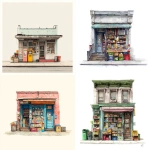Explore the Best AI Image Gallery
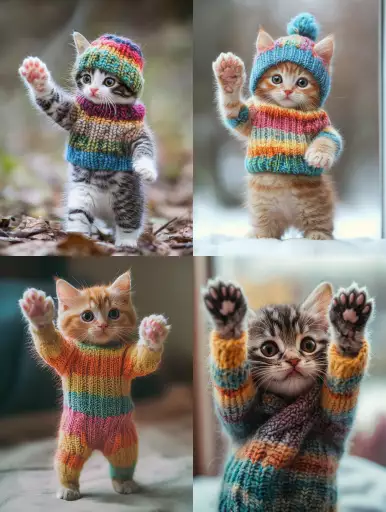
Beyond the Brush: 5G and the Next Generation of Creative Expression
The evolution of communication technologies has always been intertwined with the evolution of art. From cave paintings to digital canvases, each technological leap has reshaped how we create and consume art. Today, 5G stands on the precipice of doing just that, ushering in a new era of creative expression empowered by speed, connectivity, and real-time interaction.
The Power of Speed and Connectivity
At its core, 5G promises ultra-fast download and upload speeds, significantly reducing latency. This means artists can work with massive files containing high-resolution images, intricate 3D models, and complex audio recordings without frustrating delays. Imagine sculptors instantly manipulating digital clay, musicians seamlessly layering virtual instruments in real time, or animators bringing characters to life with fluid precision—all made possible by the lightning-fast transfer speeds of 5G.
A World Without Boundaries: Collaboration Reimagined
5Gs enhanced connectivity transcends geographical limitations, fostering a truly global creative community. Artists from different corners of the world can collaborate seamlessly on projects, sharing ideas, feedback, and assets in real time. Imagine a group of musicians composing a song together, each contributing their unique style remotely, or a team of designers brainstorming and iterating on a project regardless of their physical location.
Immersive Experiences: The Rise of 5G-Powered AR/VR
The convergence of 5G with augmented reality (AR) and virtual reality (VR) opens up exciting new frontiers for creative exploration. Artists can create immersive installations that react to viewer movement, designers can showcase products in interactive 3D environments, and musicians can perform captivating concerts within virtual worlds.
Imagine attending a virtual art exhibition where you can walk through rooms filled with holographic sculptures, or participating in an AR scavenger hunt that blends the real world with digital creations. These are just glimpses into the boundless possibilities of 5G-powered AR/VR experiences.
The Ethical Landscape: Navigating New Territories
As with any powerful technology, 5Gs impact on the creative industry raises important ethical considerations. Issues such as data privacy, algorithmic bias in creative tools, and the potential for misuse of immersive technologies require careful consideration and responsible development practices.
The creative community must engage in open dialogue to establish guidelines that ensure equitable access to 5Gs benefits, protect individual rights, and promote ethical use cases.
Future Trends: A Glimpse into the Creative Frontier
Looking ahead, 5G is poised to continue shaping the creative landscape in profound ways:
- Personalized Creativity: Imagine AI-powered tools that learn your artistic style and generate personalized content suggestions or even assist in co-creating masterpieces.
- Hyperrealistic Digital Worlds: 5G will enable the creation of incredibly detailed and immersive virtual environments, blurring the lines between reality and simulation.
- The Democratization of Creativity: Access to affordable 5G-enabled devices and tools will empower individuals worldwide to express their creativity without geographical or economic barriers.
Conclusion
5G technology is not merely an advancement in connectivity; its a catalyst for a new era of creative expression. By harnessing its power responsibly, artists, designers, and innovators can unlock unprecedented possibilities, pushing the boundaries of imagination and shaping the future of art and culture.


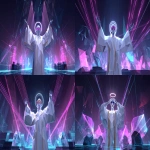


](https://images.ai-img.art/thumbnails/150/0eba954f29355e6fd5353c2b3fcbedd909f8a5e462d0a5982880af5bb19a12ad.webp)

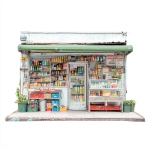
](https://images.ai-img.art/thumbnails/150/5fe4e4a0b755f7ee536875c4418d1307af56f0b399cc9459f01ca7b2307f906c.webp)

](https://images.ai-img.art/thumbnails/150/02120d31d5771fadbd25ea482d4fea0a00db4203579724231b752a52fe0e7e4c.webp)
](https://images.ai-img.art/thumbnails/150/db8c0ceb5fc7105e6e975a02df61497f198371c8de6a53c7867f346b1708c13a.webp)

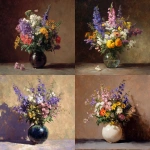
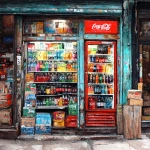
](https://images.ai-img.art/thumbnails/150/886c07228472ed209e01fcf32d6d4d1d2d7577280258b4c2a2c7db7ec749b95c.webp)
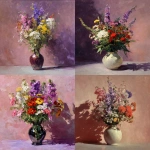


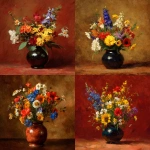
](https://images.ai-img.art/thumbnails/150/072fd597f9213821953f6a8e2e7ac3e3569f1c69444b6b2502bf31525fc98576.webp)
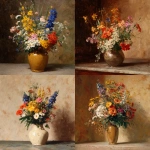

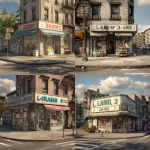
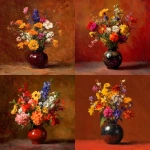
](https://images.ai-img.art/thumbnails/150/48bc6595bd726455bbeb1f2fef65efdd36a6264de2d9e253f6c5f9fd00dbbd21.webp)
](https://images.ai-img.art/thumbnails/150/f88682ac7749bbd2e80ef281a2f196215a7d5515866a6925e1ee15ccea1b2e8e.webp)
](https://images.ai-img.art/thumbnails/150/d09aea54eca5de3b78e08fd836012ff6a23d17835a2473c901b4859073a93cf2.webp)
](https://images.ai-img.art/thumbnails/150/05654f70ed91bfff26b57ce7abcba9e59fdcb86339c5db1e44e4cf6451b028b0.webp)
](https://images.ai-img.art/thumbnails/150/b23568689bdc550e1f653d225620666e319e1ef840eb35121c2ff61ea639a6f6.webp)
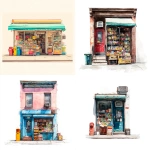
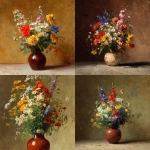
](https://images.ai-img.art/thumbnails/150/252bd2057e5882209a393dc6a7b2f5b238c67f12dc0401608867543ab2acf39b.webp)
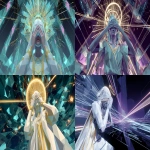
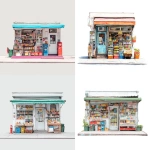


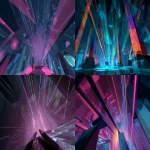
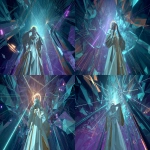
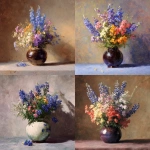

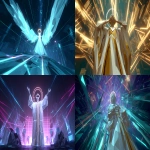


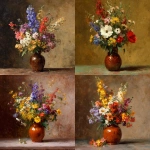


](https://images.ai-img.art/thumbnails/150/058e808da703f55c4c6ff9009cfceb51153628ffc94cb42ddb9627ece60c5b3c.webp)
